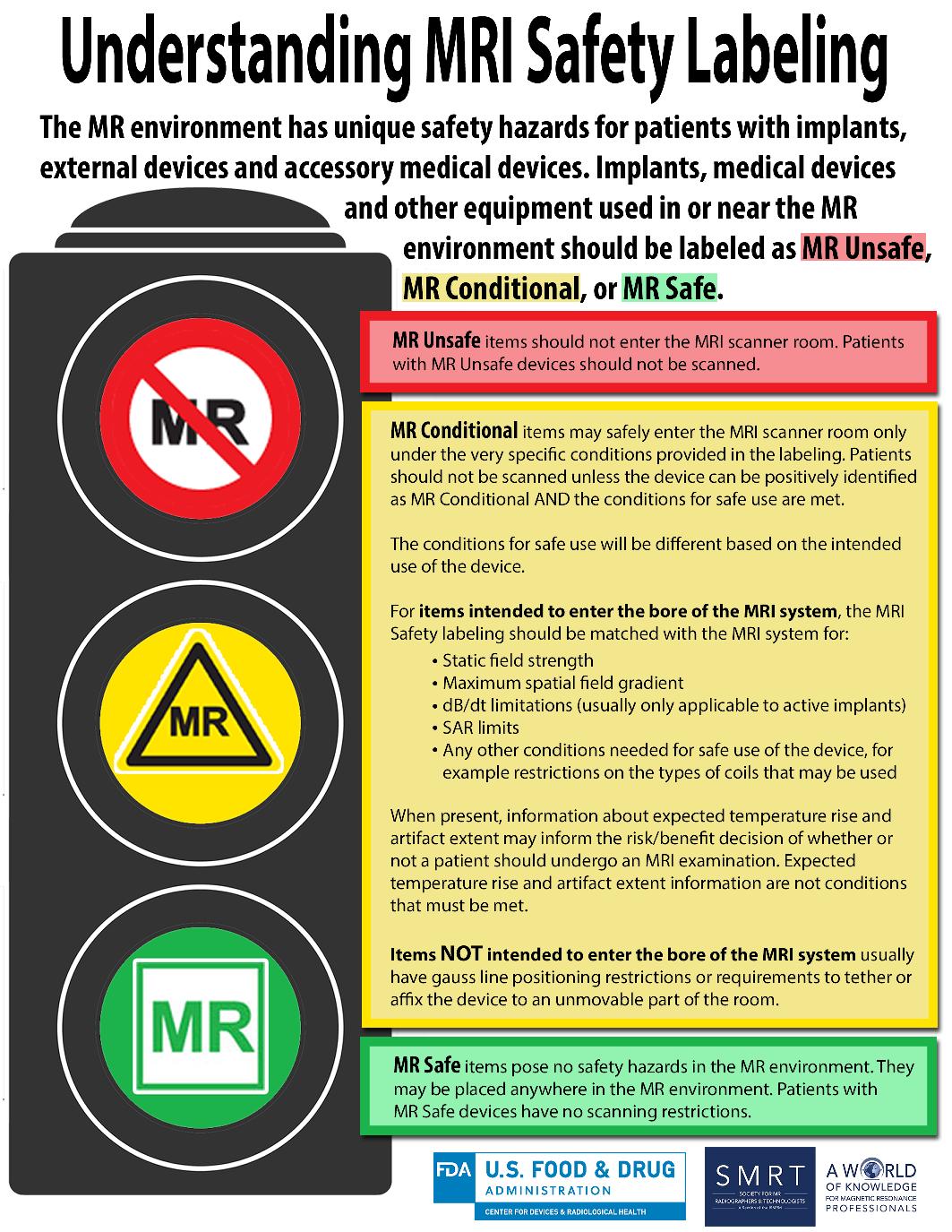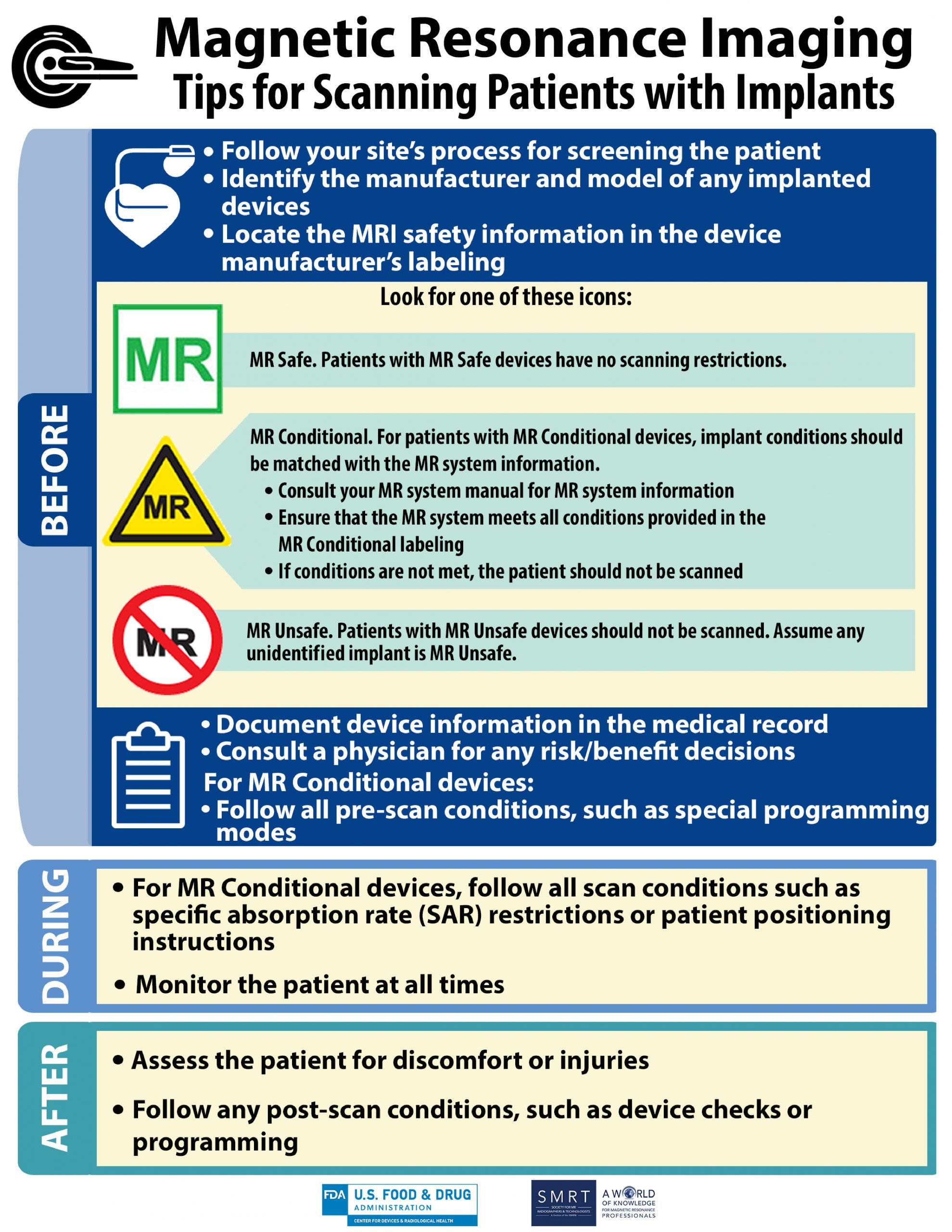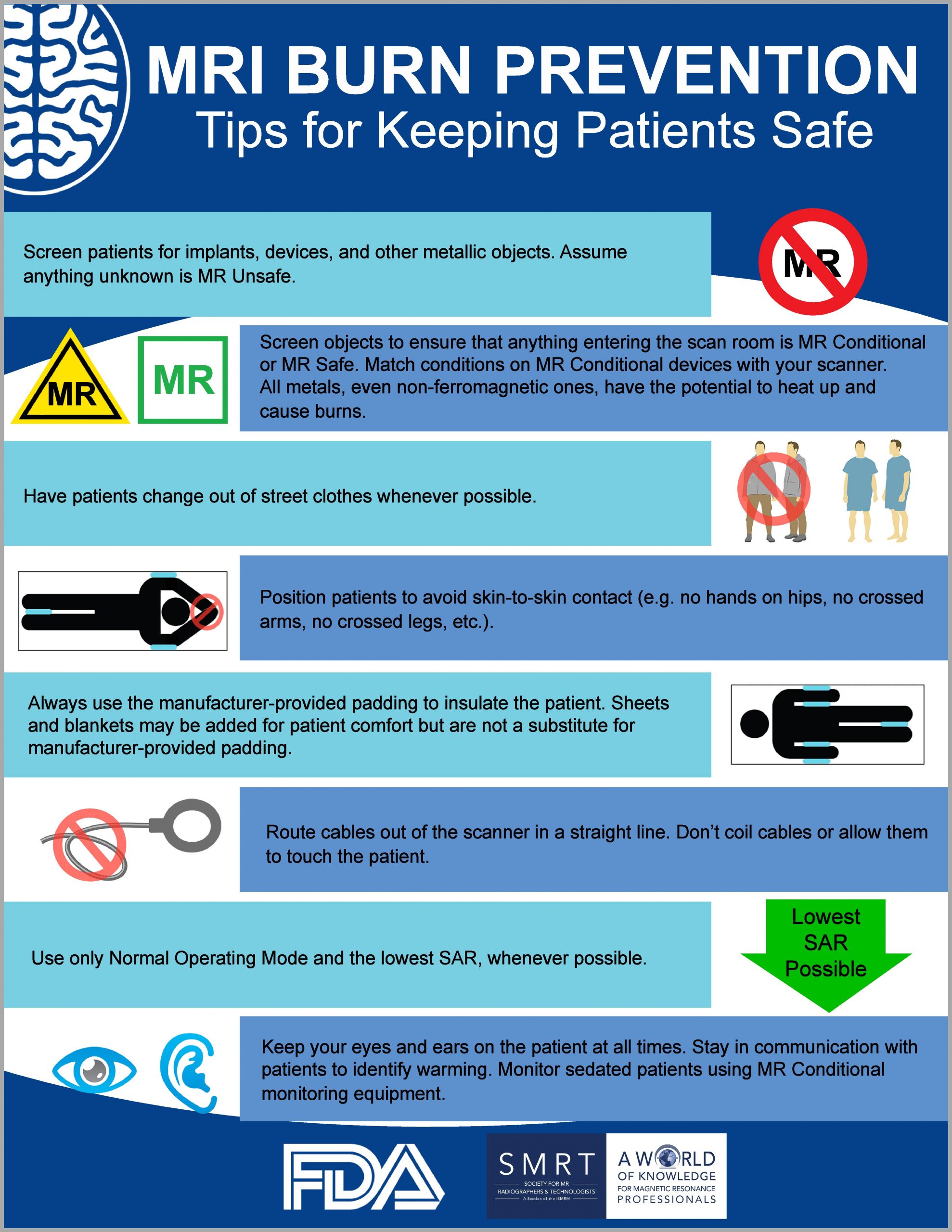This course meets the requirements for 3 hours of continuing education credit in jurisdictions which recognize NYS Dept. of Education approval; however participants should be aware that some boards have limitations on the number of hours accepted in certain categories and/or restrictions on certain methods of delivery of continuing education. A certificate will be emailed to you upon successful completion.
What is MRI
- 3 dimensional imaging
- Non invasive
- Great detail
- No Ionizing Radiation
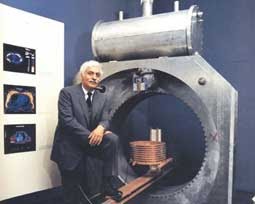 History
History
- Raymond Damadian (Father of MRI) invented first MRI machine in 1970’s
- 1977- First MRI performed on human
- First diagnostic scan achieved was of a finger
- Took 2 hrs. to produce one image
- First diagnostic scan achieved was of a finger
- 1980 – First commercial scanner was presented
- 1990’s – Large hospitals and imaging centers begin to utilize MRI for neuroimaging and musculoskeletal imaging
- 2008-2009 – MRI gained popularity in Veterinary medicine
Types of MRI Machines
- Closed
- High field, fast, great detail, very loud, high maintenance, expensive
- Can be very dangerous because of the strong magnetic force
- High field, fast, great detail, very loud, high maintenance, expensive
- Open
- Low field, great for claustrophobic patients, low cost, low maintenance
- Less concern for accidents
- Low field, great for claustrophobic patients, low cost, low maintenance
- Standing
- Low field, for extremities only, not as desirable
- Very limited
- Low field, for extremities only, not as desirable
Our New MRI Machine
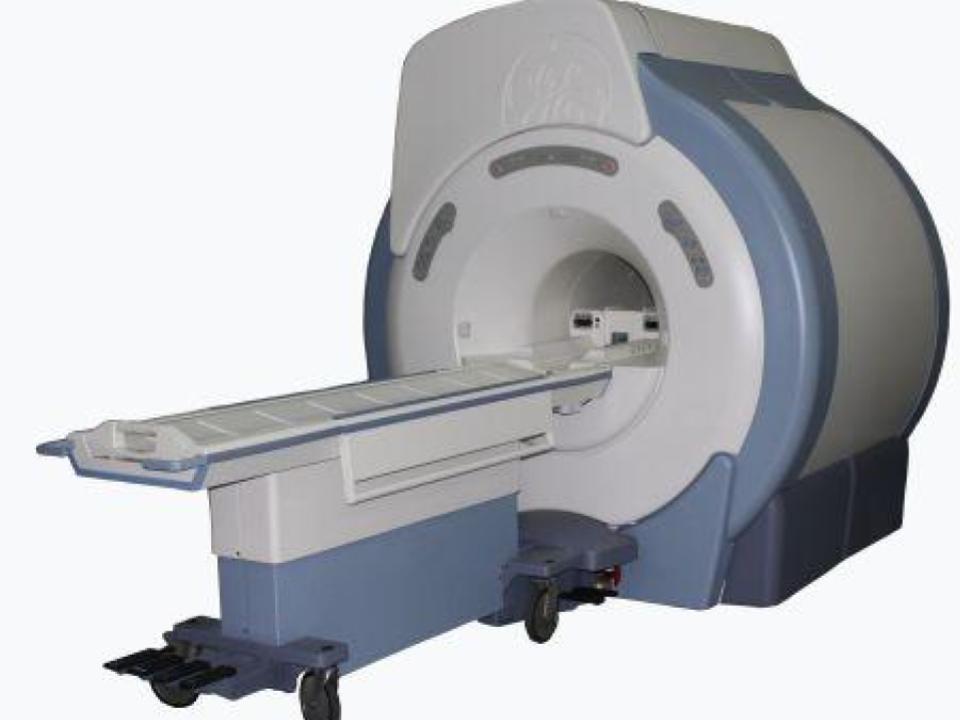
GE 1.5T
High field, closed magnet
*** safety concern ***
GE 1.5T VS EASOTE .3T
|
|
Maintenance
- QA- Daily
- ACR- Weekly
- Cold Head- Daily (audible)
- PM (Preventative Maintenance)- Biannually
- Coils- Daily (visual)
- Temperature- Daily
- Additional expense of Helium
The whole purpose of completing these tasks is to demonstrate consistency in system performance, to identify potential problems and remedy any issues before they become a problem.

Myth
- MRI scans put you at risk for radiation exposure and can cause cancer
- Closed and Open MRI machines are equally effective
- MRI scans are used only for physical injuries
- No radiation therefore, No harm can be caused
Reality
- MRI is one of the safest diagnostic tests used today
- While relatively safe, MRI’s can pose unique safety hazards for patients and others near or inside the magnetic resonance (MR) environment
- Not everyone can get MRI
- Restrictions may apply to certain patients
- Pacemaker, aneurism clips, hearing aids, insulin pump, medication patches, pregnant or breast feeding.
- Restrictions may apply to certain patients
- It is possible to get injured in the MRI if proper precautions are not taken
Contradictions For MRI
- Heart pacemakers
- Certain or recent tattoos
- Metallic fragments in the eye due to prior injury
- Aneurism clips
- Hearing aids
- Neurostimulators
- Insulin pumps
- Medication patches
- Metallic nail polish
- Pregnant or breast feeding
MRI Research Suggests
- There are no known adverse biological effects that have been demonstrated to the levels of magnetic RF field and exposure to MRI
- However, the safety for a newborn, embryos and fetuses has not been demonstrated. More research and studies are pending
- Mild adverse reaction such as: nausea, headache, ear ringing and in some cases insomnia has been noted in undisclosed subjects
For more information on MRI safety please visit www.MRISafety.com
There Are 4 MRI Safety Zones
ESTABLISHED BY AMERICAN COLLEGE OF RADIOLOGY (ACR)
EACH ZONE IDENTIFIES AN AREA IN THE BUILDING AND PERSONNEL PERMITTED TO OCCUPY THE AREA
- Zone I– This includes our parking lots and entrances to the hospital. There are no restrictions
- Zone II– This includes our ER, hallways and surrounding areas that have access to MRI environment
- Zone III-Control room. Restricted Access to only trained MRI personnel. (This is in the back wing where The Radiation Oncology is located)
- Zone IV-Magnet room. Restricted Access! No one is allowed in the room. Everyone must be screened each and every time. Under Direct Supervision of a trained MRI Technologist at all times
Accidents in MRI
- Burns from cables, recent tattoos
- Oxygen tank, paper clips, name tags, clippers, scissors flying towards the magnet
- Any metallic object, big or small will be attracted by the magnetic force!
- Death do to negligence
The answer to avoiding accidents in MRI is
- SCREEN, SCREEN, SCREEN AND USE CAUTION. Each and every time!
- WHEN IN DOUBT IF MRI COMPATIBLE, REMOVE!
The Main Parts of the MRI Machine Are
- RF Coils
- Gradient Coils
- Magnet
- Patient table
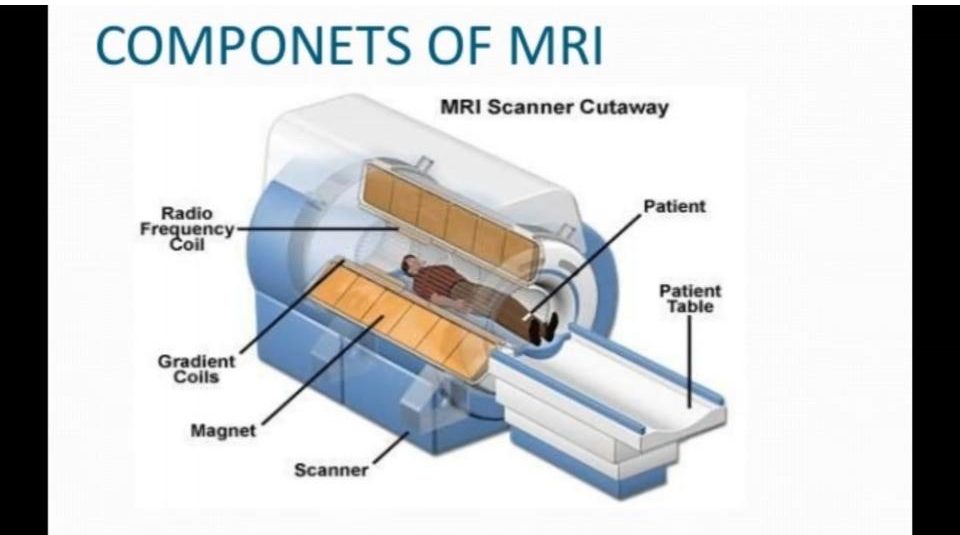
MRI machine can cost as much as $1 million
Depending on the manufacture, age and field strength
Maintenance and service is very expensive as well, ranging anywhere from $30+K a year
Coils can cost $10,000+ each
MRI exam can range anywhere from $1,000+ for humans and $3,000+ in the veterinary medicine
Depending on institution, body part, contrast necessity, ventilator, sedatives etc.
If quench becomes necessary, it is extremely costly +/-$50,000 and 1-2 months down time
Sum It Up
- MRI machines are very expensive
- Maintenance is necessary and very pricy
- Coils and some parts are not covered under service agreement (extra out of pocket cost)
- MRI environment can quickly become hazardous if proper precautions are not taken
- ONLY MRI compatible equipment is permitted in the MRI suite
- ONLY MRI trained personnel is to enter restricted area
